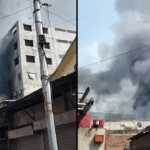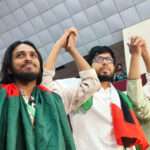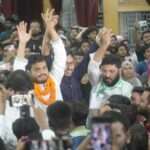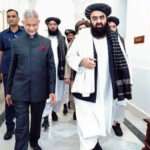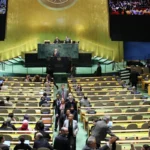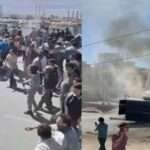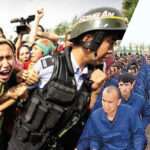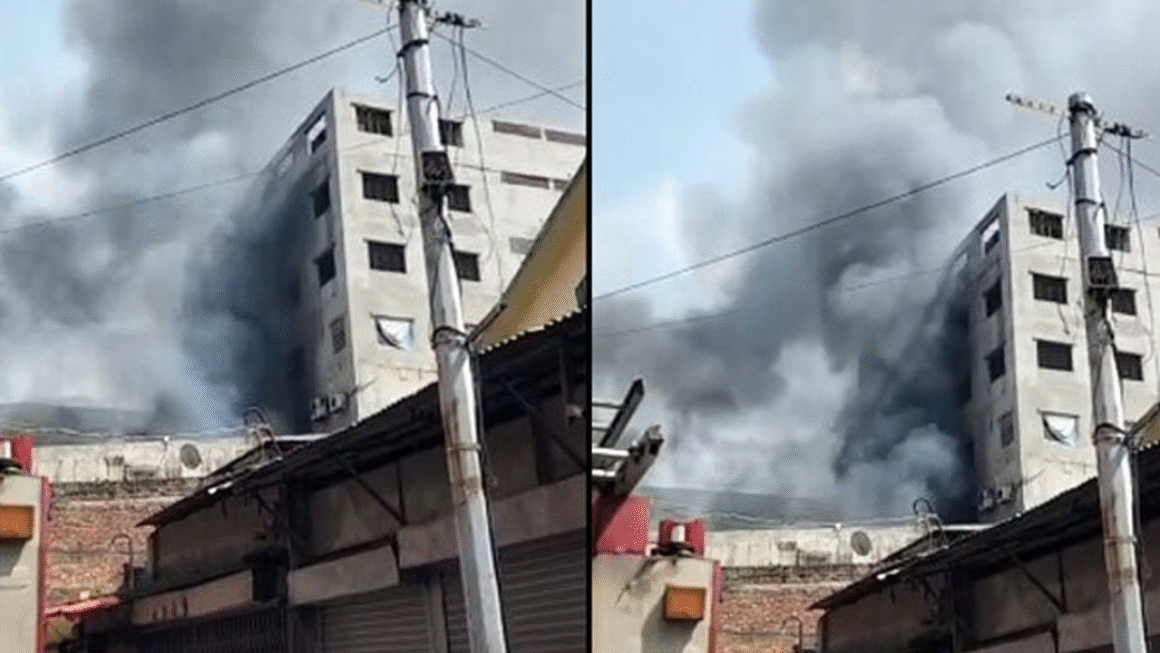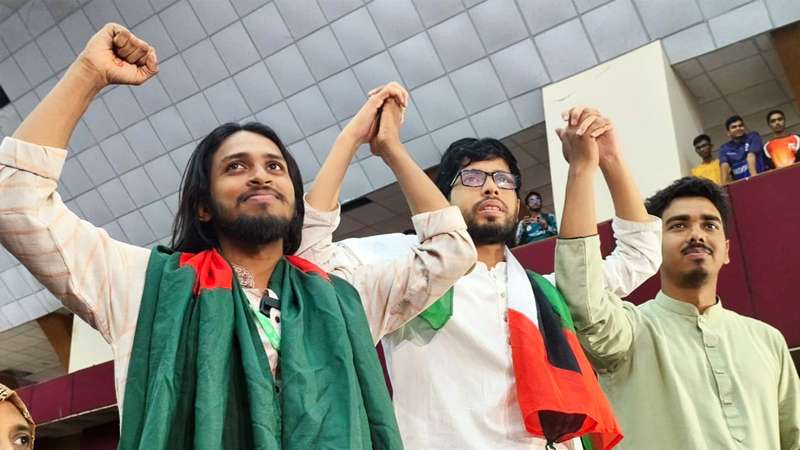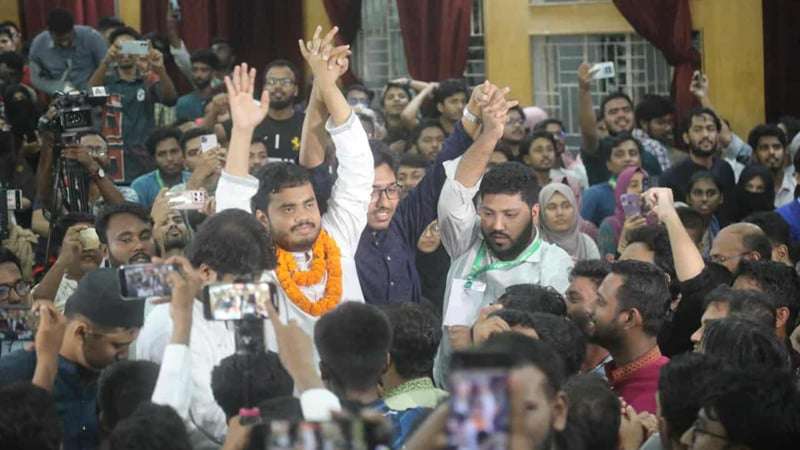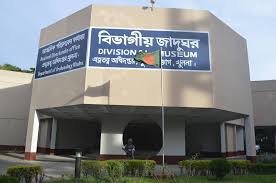 Introduction to Khulna Divisional Museum-
Introduction to Khulna Divisional Museum-
The Khulna Divisional Museum is one of the most prominent cultural and historical repositories in the southwestern region of Bangladesh. Located in the heart of Khulna city, this museum preserves and showcases centuries-old artifacts that narrate the story of the region’s heritage, traditions, and archaeological wealth. From ancient sculptures to folk art and rare coins, the museum is a must-visit for anyone interested in the history and culture of Bangladesh.
Location and Establishment-
Khulna Divisional Museum is situated in Sonadanga Residential Area, a calm and accessible location in Khulna city. Established under the supervision of the Department of Archaeology, Government of Bangladesh, this museum was opened to the public in the early 2000s. Its primary goal is to preserve, exhibit, and educate the public about the rich cultural and historical legacy of the Khulna division.
Purpose and Significance-
The core mission of the Khulna Divisional Museum is to conserve artifacts from the southwestern part of Bangladesh and promote awareness about archaeological heritage. The museum contains collections sourced from different districts within Khulna Division, including Bagerhat, Jessore, Satkhira, and Jhenaidah. These artifacts tell stories of ancient civilizations, religious harmony, trade, and the everyday life of people in this region. It is also a hub for research and education, attracting students, historians, and researchers from across the country.
Layout and Exhibition Sections-
The museum is divided into several exhibition galleries, each focused on a particular theme or historical era.
- Archaeological Gallery
This gallery houses terracotta plaques, pottery, beads, and sculptures dating from the early historic to the Islamic period. These items were excavated from archaeological sites across the Khulna Division. - Sculpture Gallery
The Sculpture Gallery displays Hindu and Buddhist stone sculptures, including deities and mythological figures, many of which are more than a thousand years old. - Traditional Crafts and Folk Art
This section showcases the rural lifestyle, including clay dolls, musical instruments, masks, and utensils made from metal and wood used in daily life in rural Bengal. - Coins and Currency
An exclusive section is dedicated to ancient and medieval coins, which provide insight into the economic systems and rulers who governed the region. - Epigraphy and Inscriptions
Rare Sanskrit, Arabic, and Persian inscriptions offer a glimpse into the linguistic diversity and religious co-existence of past centuries.
Highlighted Artifacts-
Among the many treasures of the Khulna Divisional Museum, a few artifacts stand out due to their historical and artistic significance.
- A finely carved black stone image of Vishnu from the 10th century
- Sultanate-era coins and currency from Jessore and Satkhira regions
- An iron sword and bronze mirror from the Gupta period
- A Persian manuscript from the Mughal period, detailing land grants and administration
- A terracotta panel from the ancient city of Khalifatabad (present-day Bagerhat)
These items are not only valuable for their antiquity but also serve as educational resources for those studying the region’s diverse past.
Educational and Research Value-
The Khulna Divisional Museum is not just a place to view relics; it’s also a center for learning. It offers:
- Access to a reference library with archaeology journals and books
- Guided tours for school and college students
- Workshops on heritage conservation
- Research assistance for university scholars
The museum often collaborates with academic institutions to promote studies related to archaeology, history, and anthropology.
Importance in Regional Tourism-
As a key tourist attraction in Khulna, the museum plays a pivotal role in regional tourism. It is often included in cultural tour packages along with visits to UNESCO World Heritage sites like the Sixty Dome Mosque in Bagerhat, the Sundarbans mangrove forest, and the Khan Jahan Ali Shrine.
Tourists—both local and international—appreciate the museum as a starting point to understand the region’s history before exploring other historical landmarks.
Events and Cultural Programs-
To keep the community engaged and promote cultural heritage, the museum hosts various events throughout the year, including:
- Temporary exhibitions (Liberation War, village life, Sufi traditions)
- National heritage day celebrations
- School competitions (drawing, debates, quizzes)
- Folk performances featuring local music and dance
These events are designed to create a sense of connection between the public and their heritage.
Accessibility and Facilities-
Khulna Divisional Museum ensures that visitors enjoy a comfortable and informative experience.
- Opening Hours: Sunday to Thursday, 10 AM to 5 PM
- Closed: Fridays and government holidays
- Entry Fee: Very affordable, with concessions for students and children
- Facilities: Washrooms, security, ramps for differently-abled individuals
- Photography: Allowed with permission
Museum Management and Conservation Efforts-
Preserving centuries-old artifacts is a complex task. The Department of Archaeology employs skilled conservators and curators to maintain the quality and integrity of the collections. Conservation techniques include:
- Controlled lighting and temperature systems
- Periodic restoration work
- Digital cataloging of all items
- Protection against environmental damage and pests
The museum is also developing emergency response plans for safeguarding the collections against natural disasters.
Digital Expansion and Future Development-
In keeping with modern trends, the museum is undergoing digital transformation:
- A virtual tour platform is being developed for online visitors
- Interactive kiosks are installed to provide additional information
- Plans for an audio guide in multiple languages
- A mobile app to offer remote access to the museum’s digital archives
These upgrades aim to increase public engagement and educational value, particularly for younger audiences.
Role in Cultural Preservation-
The Khulna Divisional Museum plays a vital role in safeguarding the region’s identity. Through its collections, exhibitions, and outreach activities, it connects current and future generations with the rich tapestry of traditions, religions, and civilizations that shaped Khulna. It is a silent storyteller that brings ancient voices to life and keeps the past relevant in the present.
Conclusion-
Khulna Divisional Museum is more than just a collection of ancient artifacts. It is a cultural hub where the past meets the present, where stories are preserved and shared, and where history becomes a part of everyday learning. Whether you are a curious traveler, a passionate student, or a researcher looking for rare insights, this museum offers a wealth of knowledge and inspiration.
By promoting regional identity, preserving priceless relics, and educating the public, the museum stands as a beacon of cultural pride in Khulna and an essential stop in Bangladesh’s historical journey.
Frequently Asked Questions (FAQs)-
Where is Khulna Divisional Museum located?
-It is located in the Sonadanga Residential Area of Khulna city, Bangladesh.
What are the museum’s opening hours?
-The museum is open from Sunday to Thursday, 10:00 AM to 5:00 PM, and closed on Fridays and public holidays.
Is photography allowed inside the museum?
-Photography is allowed in certain sections with prior permission from museum authorities.
What types of artifacts can be seen at the museum?
Artifacts include terracotta plaques, stone sculptures, ancient coins, traditional crafts, manuscripts, and more.
Does the museum offer educational tours?
-Yes, the museum offers guided tours for schools, colleges, and research groups.
Is there an entry fee to visit the museum?
-Yes, but the fee is minimal and affordable for all age groups, with discounts for students and children.
Can foreign tourists visit the museum?
-Yes, the museum welcomes international visitors and provides descriptions in English for most exhibits.
Are there any virtual or digital services available?
–The museum is currently developing virtual tours, interactive screens, and an online archive.
What makes this museum important?
-preserves the history and culture of Khulna Division, educates the public, and promotes heritage tourism.

